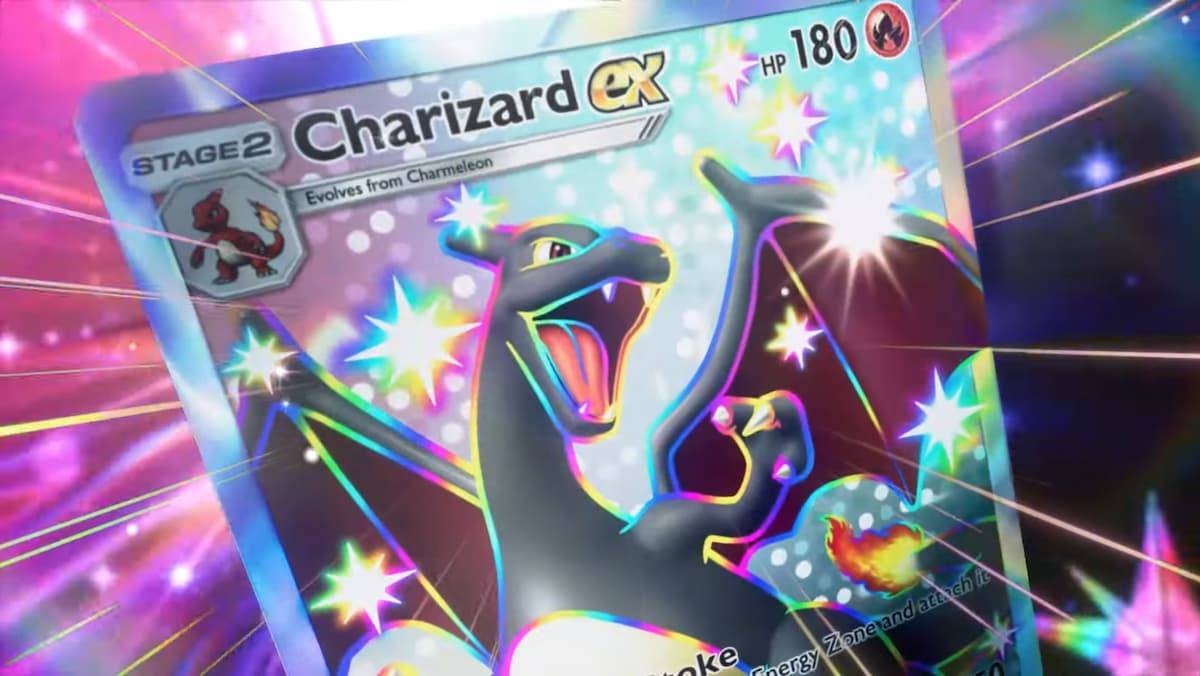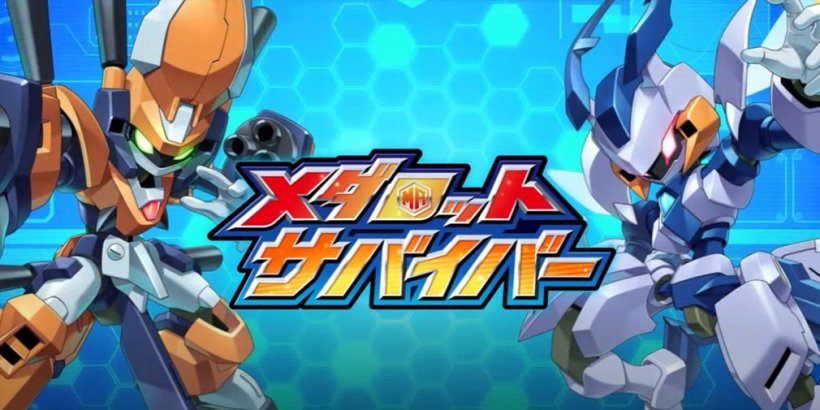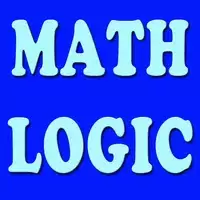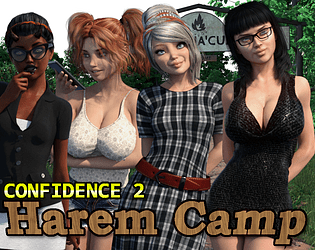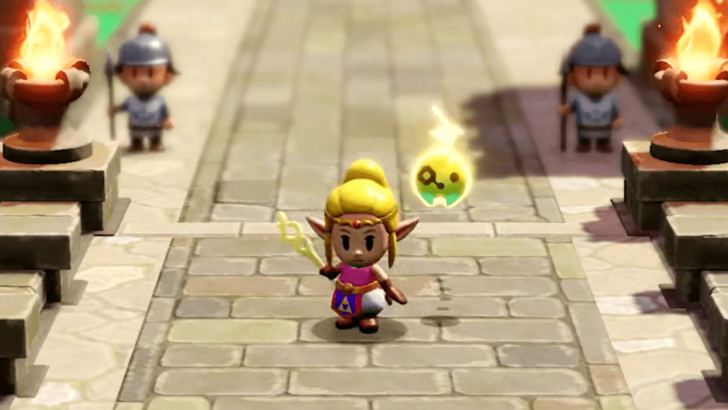
The Legend of Zelda: Echoes of Wisdom marks a pivotal moment in the franchise's history, becoming the first Zelda game directed by a woman, Tomomi Sano. This article delves into Sano's journey and the unique development path of Echoes of Wisdom.
Meet Tomomi Sano, the Zelda Series' First Female Director
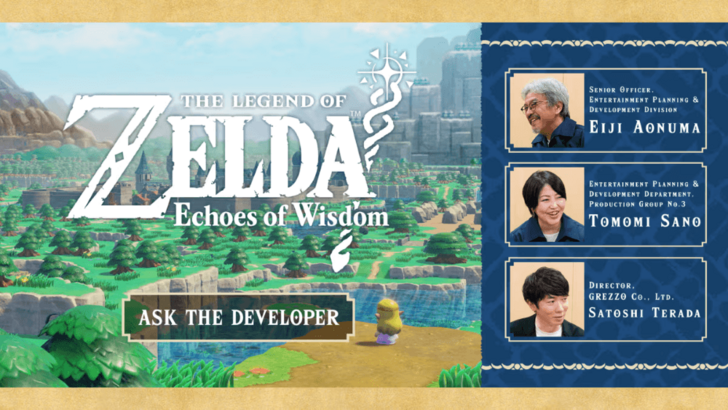
Known for its captivating narratives and intricate dungeons, the Legend of Zelda series welcomes a new era with Echoes of Wisdom. This game is groundbreaking, not only featuring Princess Zelda as the playable protagonist but also marking the series' first female director.
In a Nintendo interview, Sano shared her path to this role, explaining her previous contributions supporting directors on Grezzo's remake projects, including Ocarina of Time 3D, Majora's Mask 3D, Link's Awakening, and Twilight Princess HD, as well as her work on the Mario & Luigi series. Her role involved managing production, suggesting improvements, and ensuring the gameplay aligned with the established Zelda style. Series producer Eiji Aonuma highlighted her consistent involvement in Grezzo's Zelda remakes.
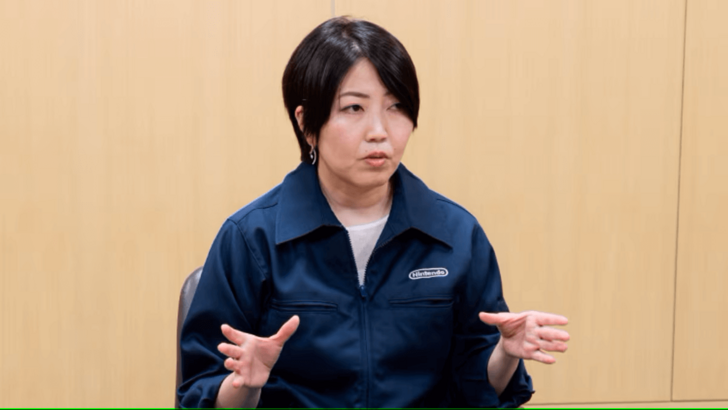 Image from Nintendo's Ask the Developer Vol. 13
Image from Nintendo's Ask the Developer Vol. 13
Sano's impressive career spans over two decades, beginning in 1998 as a Stage Texture editor for Tekken 3. Her Nintendo credits include Kururin Squash! and Mario Party 6, alongside various Zelda and Mario & Luigi titles, and several Mario sports games like Mario Tennis Open, Mario Tennis: Ultra Smash, and Mario Golf: World Tour.
Echoes of Wisdom's Beginnings: A Zelda Dungeon Maker
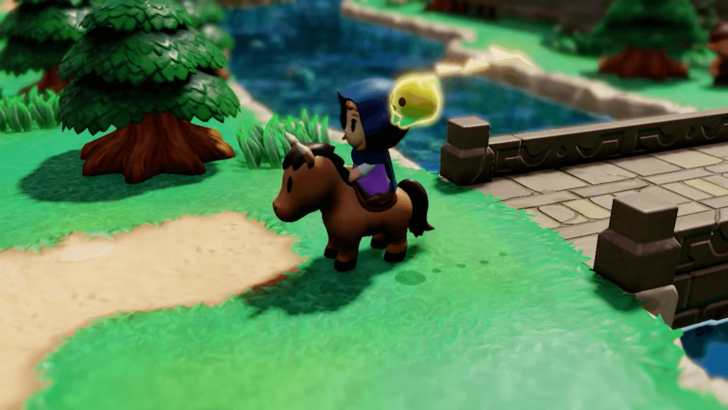
Following the success of the 2019 Link's Awakening remake, Grezzo, the co-developers, were tasked with shaping the future of top-down Zelda gameplay. Initially considering another remake, they proposed a bolder concept: a Zelda dungeon maker.
Aonuma's request for Grezzo's vision for the next game yielded multiple proposals. While the final game shares similarities with the winning concept, its origins were different. Early prototypes explored "copy-and-paste" mechanics and a combined top-down/side-view perspective similar to Link's Awakening.
Grezzo's Satoshi Terada described the experimentation, including a concept where Link could copy and paste objects to create dungeons, initially termed "edit dungeon."
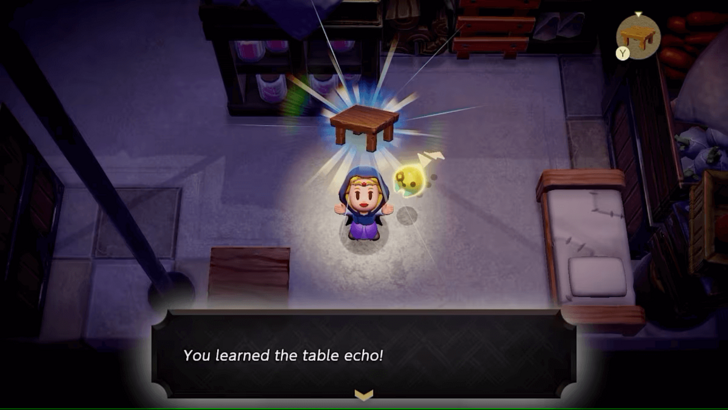
Over a year was spent developing this dungeon creation mechanic before a significant shift. Aonuma intervened, prompting a radical change in direction – what Nintendo calls "upending the tea table."
While appreciating the initial ideas, Aonuma saw greater potential in using copied items as tools for progression rather than solely for dungeon creation.
Sano explained this shift, using the example of the Thwomp enemy from Link's Awakening. Its copy-and-paste functionality allowed for creative uses in both top-down and side-view perspectives.
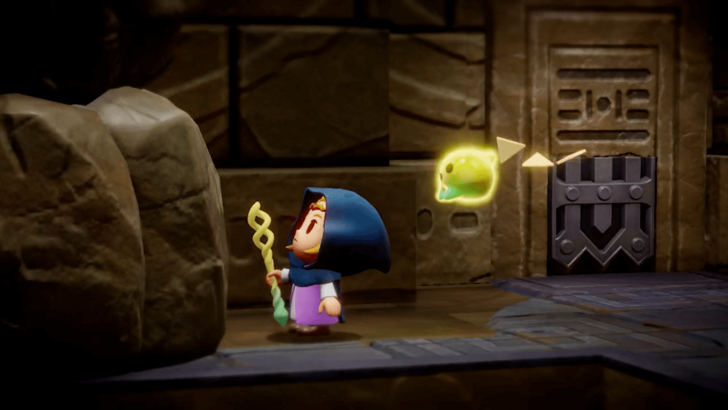
Initially concerned about potential exploitation, the team eventually removed restrictions, embracing a philosophy of "being mischievous." This encouraged creative and unconventional gameplay, exemplified by features like unpredictable spike rollers. A document outlining the principles of "being mischievous" guided development, emphasizing freedom and unconventional solutions. Three key rules were established: the ability to paste items anywhere, anytime; solving puzzles using absent items; and finding ingenious solutions that bordered on cheating.

This emphasis on freedom and creativity aligns with the spirit of Zelda games. Aonuma compared this approach to the Myahm Agana Shrine in Breath of the Wild, where players could creatively bypass obstacles using motion controls. He stressed the importance of allowing for such unconventional solutions to maintain the fun factor.

Launching September 26th on Nintendo Switch, The Legend of Zelda: Echoes of Wisdom presents an alternate timeline where Zelda rescues Hyrule amidst rifts tearing through the land. For more details on gameplay and story, explore our related article.

